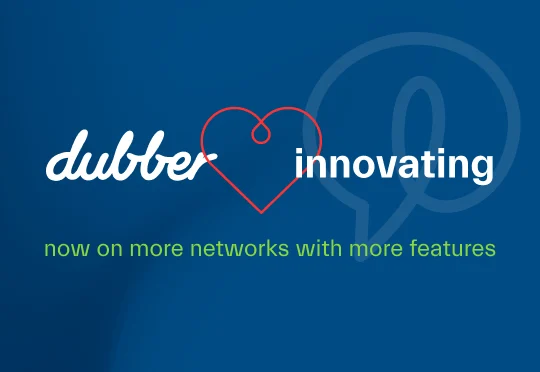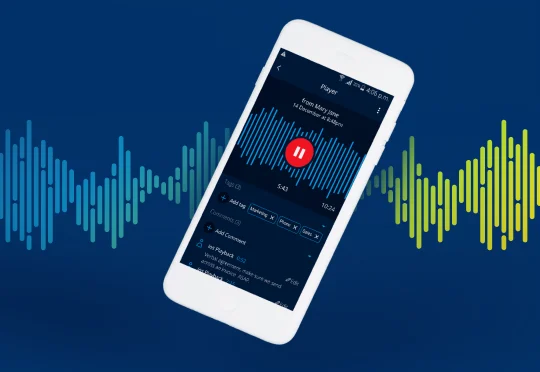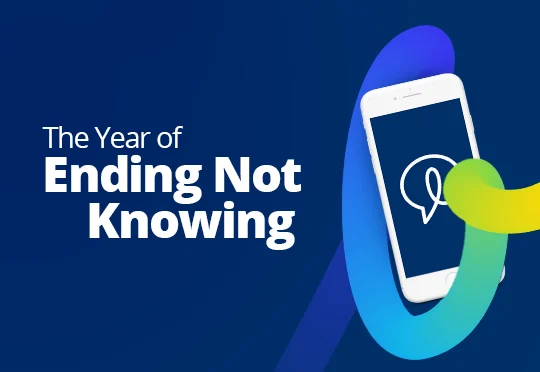
Get your houses in order!
That’s the message resonating loud and clear to the finance industry from the ASIC RG-271 dispute resolution standards.
If your organisation wants to meet the new compliance standards by October 5, now is the time to act on updating your systems for managing complaints. And although October 5 seems a while away, the D-day drums are already beating.
Why all the fuss about RG-271?
ASIC introduced the RG-271 to improve the way financial services organisations manage and resolve business disputes. Recognising the value of customer feedback as a source of early systemic warnings, the commission reduced the timeframes for responding to complaints. It outlined what information should be in a written Internal Dispute Resolution (IDR) response, to make it easier for consumers to decide whether they want to escalate their complaints.
Capturing and tracking conversations in time will help resolve IDR issues before they escalate. The regulatory guide wants organisations to make more progress by “increasing the capture, tracking, analysis and reporting of complaint data.”
Voice data is a critical element of any business’s overall data set. Voice data is generated from recordings of conversations and the meta-data associated with those conversations.
To effectively meet the new mandate, financial services organisations will need to start call recording and implement workflows to capture compliance mishaps. What this means is they will need to quickly identify when a customer is expressing signs of distress, anger or frustration and build up efficient ways to respond in time.
Rather than this being a matter of opinion or interpretation, AI can tell you in real-time what is the sentiment being expressed by customers in every conversation. This can happen across any interaction point including call centres, mobile consulting calls, video conferencing meetings.
The red button issue – Financial organisations that don’t get their house in order in time could face penalties mounting to thousands of dollars.
Innovation leap in compliance technology brings good news
On the flip side, better IDR not only benefits consumers and small businesses, it equips the financial services boards with rich real time data on the customer experience and gives them a new lens into whether their customer’s needs are being met or not. Although the task can be daunting, regtech solutions such as Dubber accelerate dispute resolution and documentation and provide the foundation for proactive risk management and continuous compliance.
Breakthroughs in voice intelligence step up IDR management
Cloud-based Voice Intelligence is just one example of how technology is leading the way to answering the demands of a tightly regulated compliance environment. Voice intelligence done right makes it possible to create a continuous compliance loop that records, monitors conversations 24/7 and send alerts when organisations need to act on problematic conversations, before they escalate into a dispute.
Anticipating a growing need for smarter voice-driven compliance management, Dubber stepped up to offer a simple and affordable way to quickly meet the new mandates with confidence. One of the advantages of Dubber Voice AI; it can pick up when customers are dissatisfied through sentiment analysis and send an auto-alert to the compliance teams.
To help you ramp up your compliance in time for RG-271, Dubber can take you through the steps – no matter what the size of your organisation.



